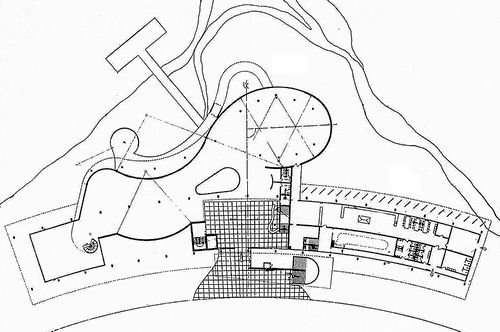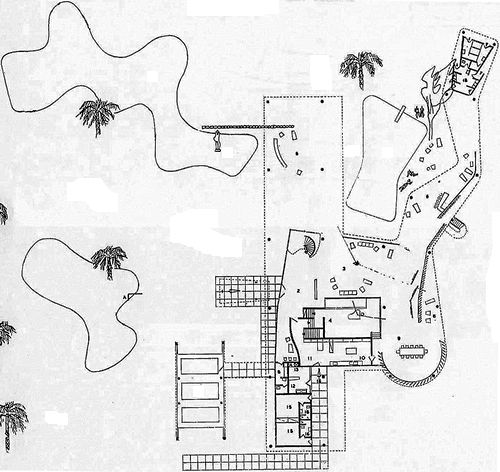2013.03.11
11 March
Really liking some of Niemeyer's plans in Papadaki's book, especially 1943 Resort Hotel at Pampulha, 1947 House Tremaine at Santa Barbara, and 1949 Hotel Regente Gavea in Rio de Janeiro. It seems they influenced the late style of Le Corbusier and even Koolhaas. Reminded of "Back to school" in Content, pp. 266-7.



1999.03.11
Jencks/labeling
In all honestly, I meant what I said in exactly the way I said it, and the key points are that the word metabolic stands for a creative-destructive duality, and thus the word metabolic is a valid term to use when describing (design) situations that exhibit constructive-destructive attributes. (I did not say that all cities are outright metabolic.) Furthermore, I can well see how the notion of destruction should seem anathema relative to "design," nonetheless, destruction is a major factor of much of today's built environment. If the notion of "metabolic operation" has an affinity with the broader notions of deconstruction, so be it. That's not where I was coming from, however, because I arrived at the metabolic through an analysis of our corporal physiology, which in turn I believe relates directly to the operations of (our) human imaginations. My research involves fairly basic biological science, and if there is any "danger" in my thinking, it is in the notion that the human mind (imagination) works in exactly the same way that the human body (physiology) works. (Maybe, just maybe, the age old separation of mind and body is the greater falsehood.)
I did read Jencks' book (something like two years ago, so there may be a revised edition I haven't read), and he never uses the word metabolic, however I remember passages where he notes the interplay of creative and destructive forces at work within some of the design phenomena (and/or sciences?) he was describing.
|